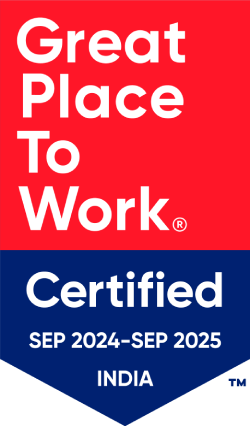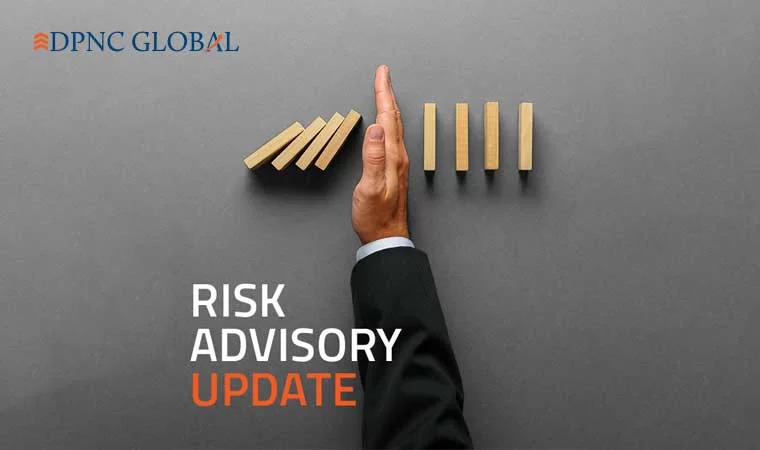Introduction
In today’s business environment, effective payroll and leave management are critical to an organization’s operational efficiency and employee satisfaction. A well-structured audit program ensures compliance with labour laws, mitigates risks and enhances the overall integrity of payroll processes. This blog will outline a comprehensive audit work program focused on payroll and leave management, providing a roadmap for auditors and HR professionals.
Understanding Payroll and Leave Management
What is Payroll Management?
Payroll management encompasses the administration of employee financial records, including salaries, bonuses, deductions, and benefits. It ensures that employees are paid accurately and on time, while also adhering to legal requirements.
What is Leave Management?
Leave management refers to the policies and processes that govern employee time off, including sick leave, vacation days, and other forms of leave. Effective leave management helps maintain productivity and employee morale.
Objectives of Payroll and Leave Management Audit
The primary objectives of a payroll and leave management audit include:
- Compliance Verification: Ensuring adherence to federal, state, and local labor laws.
- Accuracy of Payments: Confirming the accuracy of employee payments and deductions.
- Policy Assessment: Evaluating the effectiveness of leave policies and their implementation.
- Risk Identification: Detecting potential fraud or errors in payroll and leave management processes.
- Operational Efficiency: Identifying opportunities for process improvement.
Audit Work Program Structure
- Planning Phase
1.1 Define Audit Scope
- Determine the time frame for the audit.
- Identify which departments or locations will be included.
- Outline specific payroll and leave management areas to focus on.
1.2 Identify Resources
- Assemble the audit team, including HR, finance, and IT professionals.
- Gather necessary tools and software for data analysis.
1.3 Risk Assessment
- Conduct a preliminary risk assessment to identify potential areas of concern.
- Prioritize risks based on impact and likelihood.
2. Fieldwork Phase
2.1 Data Collection
- Payroll Data: Gather payroll records, timecards, pay stubs, and tax forms.
- Leave Records: Collect leave requests, approvals, and balances.
2.2 Interview Key Personnel
- Interview HR and payroll staff to understand processes and identify challenges.
- Discuss leave management practices with managers to assess policy adherence.
2.3 System Evaluation
- Review payroll and leave management software for usability, security, and compliance features.
- Evaluate the integration between payroll, HR, and time-tracking systems.
3. Testing Phase
3.1 Payroll Accuracy Testing
- Sample Selection: Use statistical sampling to select a representative sample of payroll transactions.
- Recalculation: Verify the accuracy of calculations by recalculating gross pay, deductions, and net pay.
3.2 Compliance Testing
- Review employee classifications (exempt vs. non-exempt) to ensure correct payment structures.
- Check compliance with applicable labor laws, such as minimum wage and overtime regulations.
3.3 Leave Management Testing
- Verify leave balances against recorded usage to identify discrepancies.
- Test the approval process for leave requests to ensure compliance with company policy.
3.4 Fraud Detection
- Examine unusual patterns in payroll data, such as duplicate payments or ghost employees.
- Conduct surprise audits of payroll and leave management processes.
4. Reporting Phase
4.1 Draft Audit Findings
- Summarize the findings, highlighting areas of non-compliance, inaccuracies, and process inefficiencies.
- Categorize findings by risk level and recommend corrective actions.
4.2 Conduct Exit Meetings
- Present preliminary findings to management and discuss potential corrective actions.
- Gather feedback and additional insights from management.
4.3 Final Report Preparation
- Compile a comprehensive audit report, including an executive summary, methodology, findings, and recommendations.
- Ensure the report is clear, concise, and actionable.
5. Follow-Up Phase
5.1 Action Plan Development
- Collaborate with management to develop an action plan addressing audit findings.
- Establish timelines and responsibilities for implementing corrective actions.
5.2 Monitor Implementation
- Schedule follow-up audits to assess the effectiveness of implemented changes.
- Ensure ongoing compliance with recommended policies and procedures.
Best Practices for Payroll and Leave Management Audit
- Continuous Training: Provide regular training for HR and payroll staff on compliance updates and best practices.
- Use Technology: Leverage technology for automation, data analysis, and record-keeping to reduce errors.
- Regular Audits: Conduct regular audits, not just annually, to ensure ongoing compliance and identify issues promptly.
- Employee Feedback: Collect employee feedback on payroll and leave processes to identify areas for improvement.
Conclusion
A robust payroll and leave management audit work program is essential for any organization aiming to maintain compliance, enhance operational efficiency, and promote employee satisfaction. By following the outlined steps and implementing best practices, organizations can identify risks, rectify issues, and foster a transparent and equitable work environment. Regular audits not only protect the organization from legal liabilities but also
contribute to a more engaged and satisfied workforce. In the end, the goal of the audit is not just to find faults but to create a stronger, more resilient payroll and leave management system that supports both the organization and its employees.
DISCLAIMER
The information contained herein is prepared based on the information available on the public domains. While the information is believed to be accurate to the best of our knowledge, we do not make any representations or warranties, express or implied, as to the accuracy or completeness of this information. Reader should conduct and rely upon their own examination and analysis and are advised to seek their own professional advice. We accept no responsibility for any errors it may contain, whether caused by negligence or otherwise or for any loss, howsoever caused or sustained, by the person who relies upon it.
To download the pdf file of the above post, please click on the download button below.
About Us
About Our Risk Advisory Servcies
DPNC Global LLP is a full service consulting firm providing multi-disciplinary services to clients ranging from MNCs, Indian Corporates from across industries to Family Offices and UHNIs, both in and outside India.
Our Risk Advisory Services (RAS) team offers solutions to help organizations and their management to effectively balance risk management, governance and compliance while moving towards their short-term and long-term strategic goals. Our team comprises a group of qualified and experienced professionals with in-depth knowledge and specialization in risk advisory services including for conducting Internal Audits, developing Standard Operating Procedures etc. We leverage our knowledge of industry best practices and domains across organizations of all sizes and sectors to streamline and develop systems, processes & solutions that are tailored to be suitable for our clients. To know more about our services in Risk Advisory Services, visit https://dpncglobal.com/risk-advisory/


